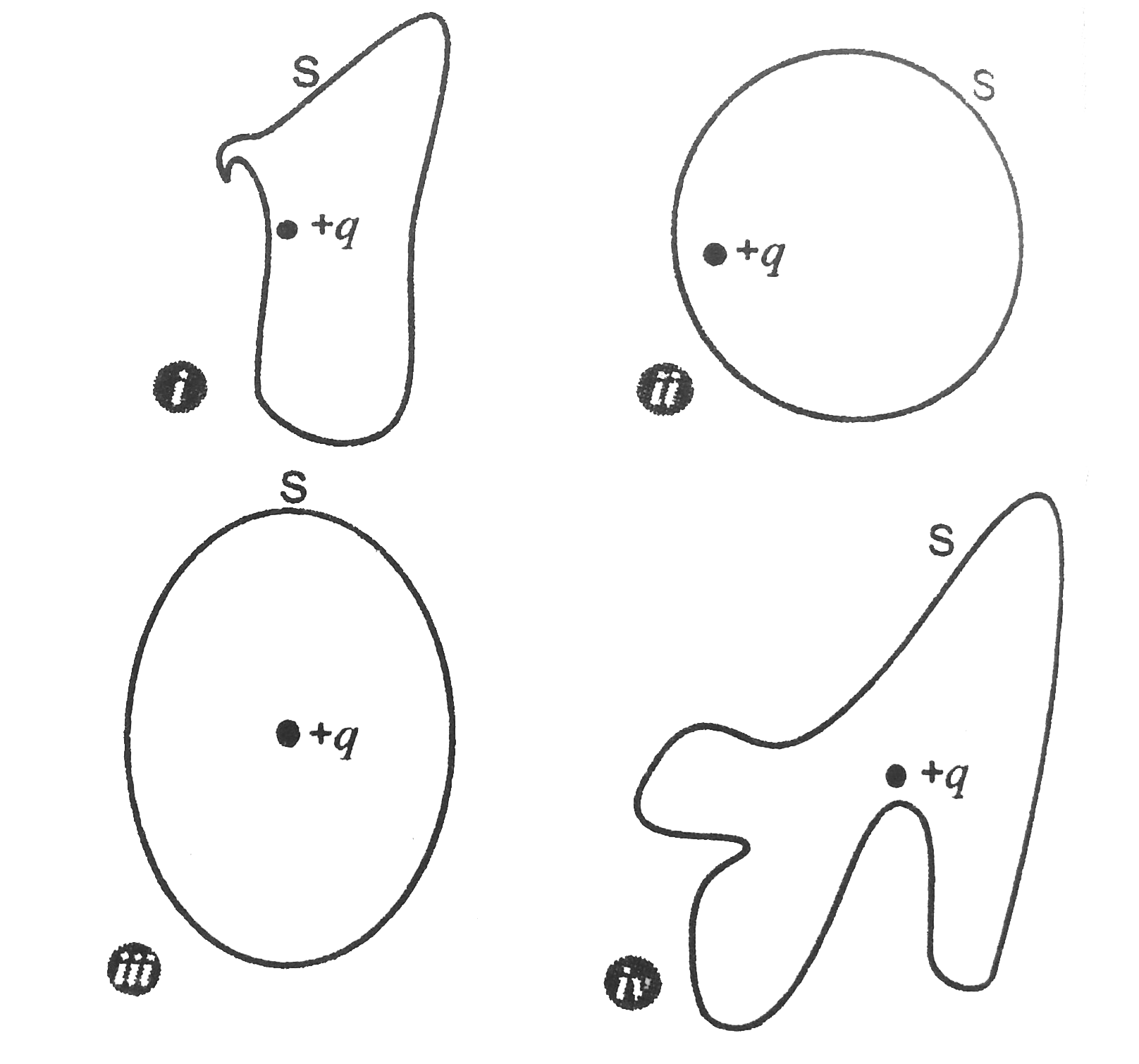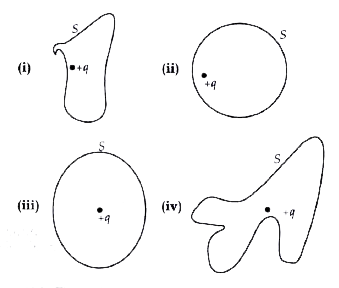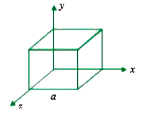Careful measurement of the electric field at the surface of a black box inidicates that the net outward flux through the surface of the box is 8.0×103Nm2/C (a) what is the net charge inside the box ? (b) If the net outward flux through the surface of the box were zero, could you conclude that there were no charges inside the box ? Why or why not?
To solve the problem, we will use Gauss's Law, which states that the net electric flux (Φ) through a closed surface is equal to the charge (Q) enclosed by that surface divided by the permittivity of free space (ε₀). The formula is given by:
Φ=Qenclosedε0
Where:
- Φ is the electric flux,
- Qenclosed is the total charge enclosed within the surface,
- ε₀ is the permittivity of free space, approximately 8.85×10−12C2/N m2.
(a) Finding the net charge inside the box:
1. Given Data:
- Electric flux, Φ=8.0×103N m2/C
- Permittivity of free space, ε₀=8.85×10−12C2/N m2
2. Using Gauss's Law:
Rearranging the formula to find Qenclosed:
Qenclosed=Φ⋅ε0
3. Substituting the values:
Qenclosed=(8.0×103)⋅(8.85×10−12)
4. Calculating the charge:
Qenclosed≈7.08×10−8C
Converting to microcoulombs:
Qenclosed≈0.0708μC
(b) Analyzing the case when the net outward flux is zero:
1. If the net outward flux is zero:
- This means Φ=0.
2. Using Gauss's Law again:
0=Qenclosedε0
3. Conclusion about the charge:
- From the equation above, if Φ=0, then Qenclosed=0.
- This indicates that the net charge inside the box is zero.
4. Understanding the implications:
- A net charge of zero does not imply that there are no charges inside the box. It is possible to have equal amounts of positive and negative charges that cancel each other out, resulting in a net charge of zero.
Final Answers:
(a) The net charge inside the box is approximately 0.0708μC.
(b) No, we cannot conclude that there are no charges inside the box if the net outward flux is zero. There could be charges present, but they would sum to zero.
- Φ is the electric flux,
- Qenclosed is the total charge enclosed within the surface,
- ε₀ is the permittivity of free space, approximately 8.85×10−12C2/N m2.
- Electric flux, Φ=8.0×103N m2/C
- Permittivity of free space, ε₀=8.85×10−12C2/N m2
Rearranging the formula to find Qenclosed:
Qenclosed=Φ⋅ε0
Qenclosed=(8.0×103)⋅(8.85×10−12)
Qenclosed≈7.08×10−8C
Converting to microcoulombs:
Qenclosed≈0.0708μC
- This means Φ=0.
0=Qenclosedε0
- From the equation above, if Φ=0, then Qenclosed=0.
- This indicates that the net charge inside the box is zero.
- A net charge of zero does not imply that there are no charges inside the box. It is possible to have equal amounts of positive and negative charges that cancel each other out, resulting in a net charge of zero.
(a) The net charge inside the box is approximately 0.0708μC.
Similar Questions
Carefull measurement of the electric field at the surface of a black box indicates that the net outwards flux through the surface of the box is 8.0×103Nm2/C
What is the net charges inside the box?
If the net outwards flux through the surface of the were zero ,could you concide that there were no charges inside the box? Why or why not?View SolutionCareful measurements of the electric field at the surface of a box inidcates that the net outward flux through the surface of box is 60×103Nm2C−1. Find (i) the net charge inside the box ? (ii) If the net outward flux through the surface of box were zero, could you conclude that there were no charges inside the box ? Explain your answer.
View Solution
Knowledge Check
- Question 1 - Select One
The electric flux through the surface
 Ain fig. (iv) is the largestBin fig. (iii) is the leastCin fig. (ii) is same as fig.(iii) but is smaller than fig.(iv)DIs the same for all the figures.
Ain fig. (iv) is the largestBin fig. (iii) is the leastCin fig. (ii) is same as fig.(iii) but is smaller than fig.(iv)DIs the same for all the figures. - Question 2 - Select One
The electric flux through the surface
 Ain fig, (iv) is the largestBin fig, (iii) is the leastCin fig (ii) is same as a fig (iii) but is smaller than that in Fig (iv).Dis the same for all the figures.
Ain fig, (iv) is the largestBin fig, (iii) is the leastCin fig (ii) is same as a fig (iii) but is smaller than that in Fig (iv).Dis the same for all the figures. - Question 3 - Select One
If the net electric flux through a closed surface is zero, then we can infer
Ano net charge is enclosed by the surfaceBuniform electric field exists within the surfaceCelectric potential varies from point to point inside the surfaceDcharge is present inside the surface
The electric flux through the surface :
 View Solution
View SolutionIf the flux of the electric field through a closed surface is zero,
View SolutionIf electric flux passing through a close surface is zero then :-
View SolutionAn arbitrary surface encloses a dipole. What is the electric flux through this surface ?
View SolutionGiven the electric field in the region →E=2ξ, find the net electric flux through the cube and enclosed by it.
 View Solution
View Solution

